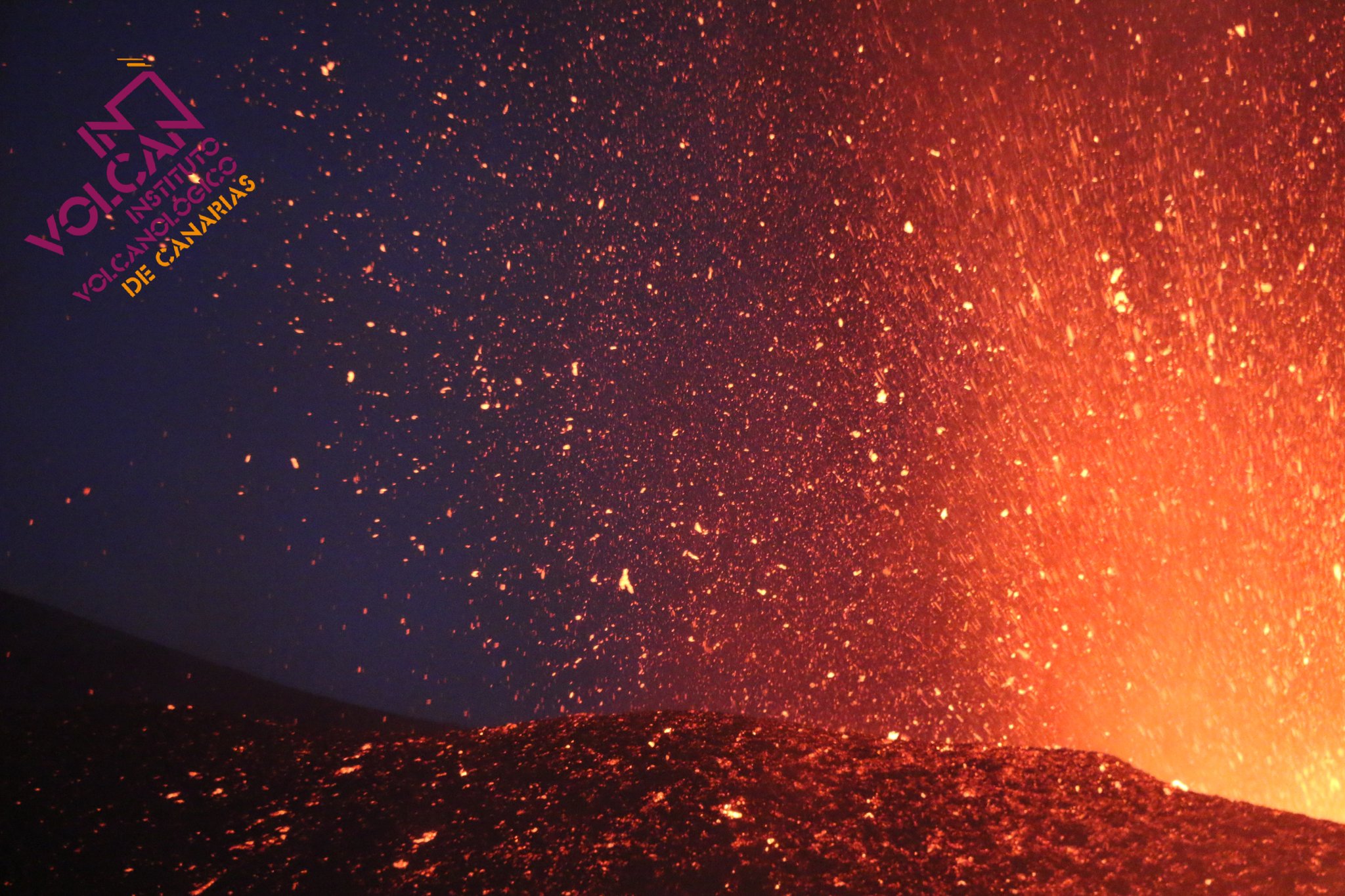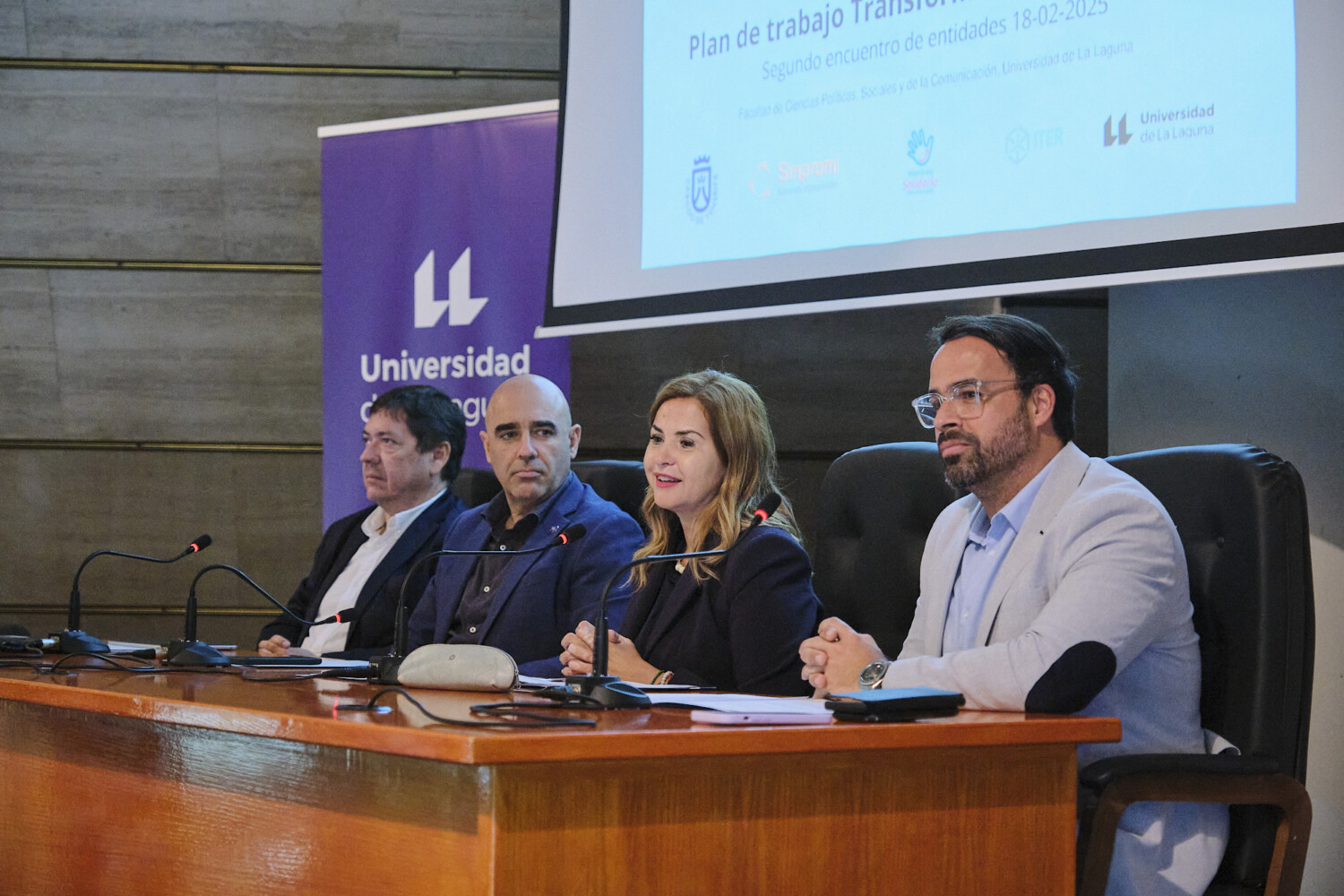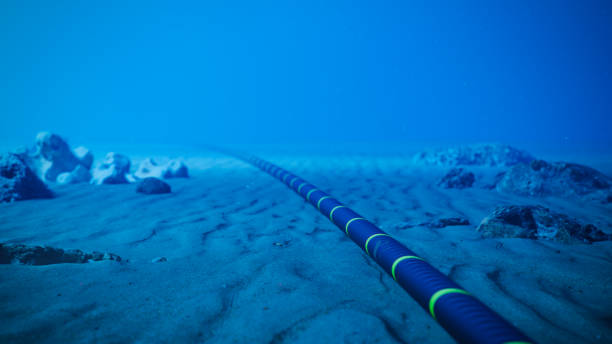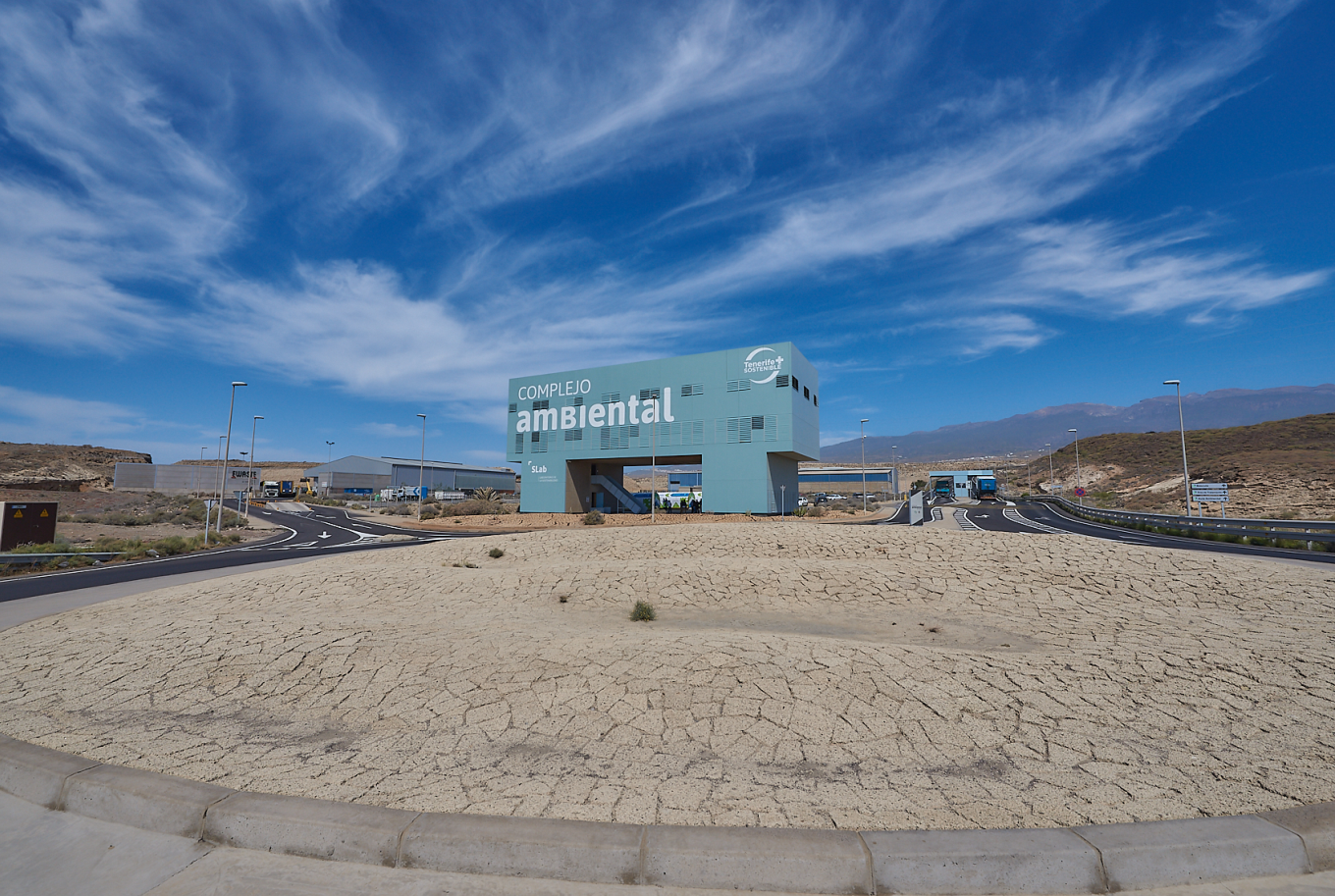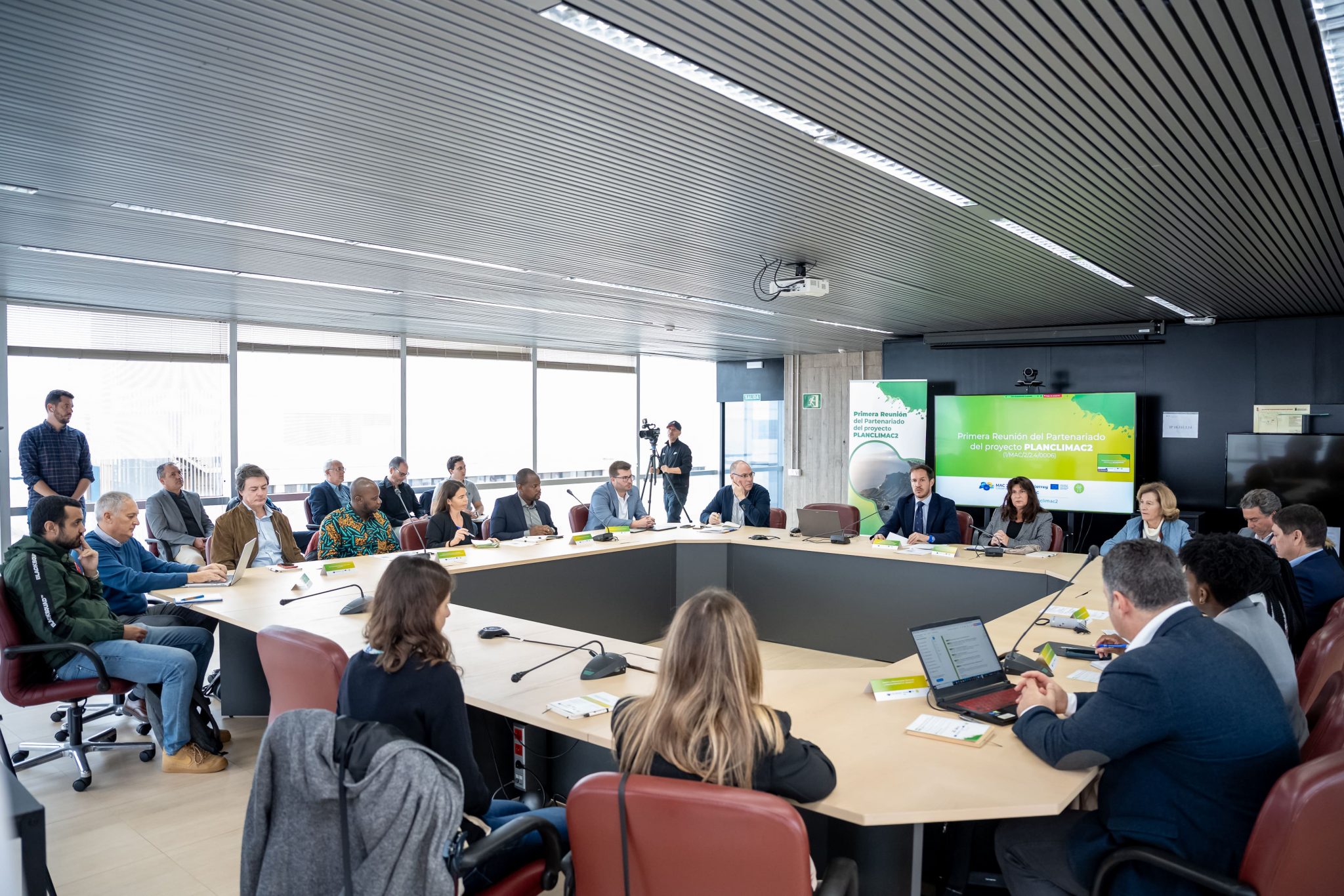INVOLCAN and ITER researchers have collaborated in this research led by the Instituto de Investigação em Vulcanologia e Avaliação de Riscos (IVAR) of the University of the Azores, which represents an important milestone to improve the monitoring of volcanic activity.
The study of fluid inclusions in minerals emerges as a crucial tool to monitor in near-real time the ascent of magma during a volcanic eruption. This methodology, defined and validated during the eruption of the Tajogaite volcano on La Palma, has been the focus of a joint research led by the Instituto de Investigação em Vulcanologia e Avaliação de Riscos (IVAR) of the University of the Azores, in collaboration with the Instituto Volcanológico de Canarias (INVOLCAN), the Instituto Tecnológico y de Energías Renovables (ITER), and the Laboratoire Magma et Volcans of the Universitè Clermont Auvergne.
The study, recently published in the prestigious international journal Science Advances of the Science publishing group, details how the chemical composition and density of thousands of fluid inclusions in the minerals present in the magmas that produced the eruption of the Tajogaite volcano in 2021, together with the analysis of the seismicity recorded during the eruptive process and the analysis of the mineralogical characteristics, have allowed calibrating a method to monitor in near real time the ascent of magma and its velocity variation in the different segments of the Earth’s crust during its journey to the surface.
The method developed in this work has been successfully verified on pyroclast (tephra) samples collected daily during the Tajogaite eruption and compared with seismicity data in terms of hypocenter depths and volcanic tremor frequencies. This technique represents an important milestone in improving the monitoring of volcanic activity and has made it possible to accurately define the architecture of the deep structure of the volcano.
The proposed methodology, which represents significant progress in strengthening volcanic monitoring, requires patience in sample preparation and analysis of both fluid inclusions and seismic signals from thousands of events. However, we envision the possibility of applying this technique more rapidly in the future by creating a mobile laboratory that can be located near the erupting volcano, thus eliminating the time required to ship samples to the laboratory where the analyses are performed.
This work has been partially funded by the projects VOLRISKMAC (MAC/3.5b/124) and VOLRISKMAC II (MAC2/3.5b/328), co-funded by the INTERREG V A Spain-Portugal MAC 2014-2020 program of the European Commission, and by the project “Cumbre Vieja Emergencia”, funded by the Ministry of Science and Innovation.
Reference to the article:
- Vittorio Zanon, Luca D’Auria, Federica Schiavi, Klaudia Cyrzan and Matthew J. Pankhurst. Toward a near real-time magma ascent monitoring by combined fluid inclusion barometry and ongoing seismicity. Sciences Advances 10, eadi4300 (2024) https://www.science.org/doi/10.1126/sciadv.adi4300


